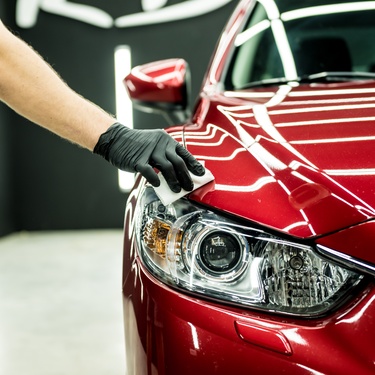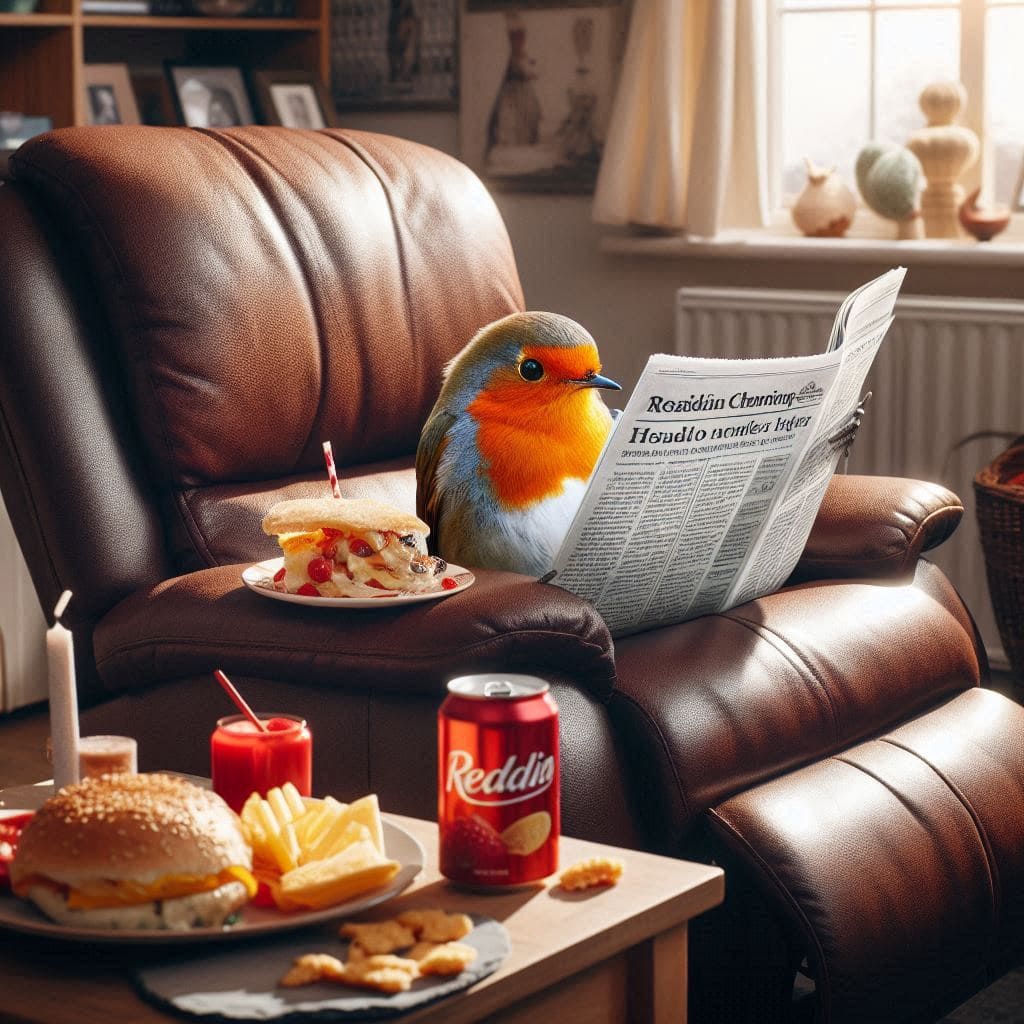
Your vehicle’s paint job is constantly exposed to environmental threats. Road debris, bird droppings, harsh sunlight, and even improper washing techniques can chip away at the finish, leaving it dull and damaged. Taking proactive steps can preserve its appearance and maintain its value.
Understanding how to protect your car’s paint from everyday damage is the first step toward keeping your vehicle looking its best for years.
Wash Your Vehicle Correctly
Washing your car does more than improve its appearance; it removes harmful contaminants like dirt, grime, and bird droppings that can etch into the paint.
- Use the Two-Bucket Method: Dedicate one bucket for soapy water and another for clean rinse water. This technique prevents you from reapplying dirt and grit onto the paint surface.
- Choose the Right Soap: Use a pH-balanced car wash soap. Household detergents, such as dish soap, can strip away wax and sealant, leaving your paint unprotected.
- Dry With Microfiber Towels: After washing, gently dry the surface with clean, soft microfiber towels to avoid scratching the paint.
Apply a High-Quality Wax or Sealant
Wax and sealants create a protective layer over your car's paint. This barrier shields the finish from UV rays, moisture, and environmental pollutants.
A good coat of wax makes the surface slick, causing water to bead and roll off, taking dirt with it. For best results, apply wax every three to four months, or more frequently if your car is exposed to harsh conditions.
Consider a Ceramic Coating
For a more durable form of paint protection, a ceramic coating offers a strong, semi-permanent shield. This liquid polymer bonds with your car’s factory paint, creating a hard, hydrophobic layer that repels water and contaminants.
Ceramic coatings provide superior resistance to scratches, chemical stains, and UV damage compared to traditional waxes. While the initial application costs more, the long-lasting protection can reduce the need for frequent waxing.
Park in the Shade or a Garage
Sunlight’s ultraviolet rays can cause your car’s paint to fade and oxidize over time. Whenever possible, park your vehicle in a garage or under a covered carport.
If you have to park outdoors, look for a shady spot to minimize exposure to direct sunlight. This simple habit goes a long way in preserving the vibrancy of your paint color.
Address Contaminants Quickly
Bird droppings, bug splatter, and tree sap contain acidic compounds that can eat through your paint’s clear coat if left for too long. For this reason, it’s best to have a few supplies on hand so you can act quickly.
- Carry a quick detailer spray and a microfiber cloth in your car.
- Gently remove these contaminants as soon as you spot them.
- Avoid scrubbing, as this can grind abrasive particles into the paint.
Use a Car Cover
When parking your vehicle outside for long durations, using a high-quality car cover can provide optimal protection. Opt for a breathable, waterproof cover that safeguards your car's paint from sun damage, rain, dirt, and falling debris, while allowing moisture to escape to prevent any potential harm to the finish.
Get Regular Professional Detailing
While at-home care is helpful, professional detailing delivers a deeper clean and stronger protection. Detailers can safely remove embedded contaminants, polish out minor flaws, and use high-quality products for longer-lasting results.
You might wonder how often to detail your car. Most experts recommend a complete detail every 4–6 months to keep it in excellent condition. Regular professional care is an effective way to protect your car’s paint from everyday wear and tear.
Your car is a great part of your life, taking you to and from work, social hours, appointments, and beyond. Take care of it and it will take care of you! Use the tips above to keep your vehicle in tip-top shape and looking brand new.
Bio: Casey is a passionate copyeditor highly motivated to provide compelling SEO content in the digital marketing space. Her expertise includes a vast range of industries from highly technical, consumer, and lifestyle-based, with an emphasis on attention to detail and readability.




















